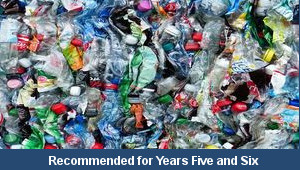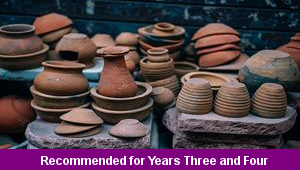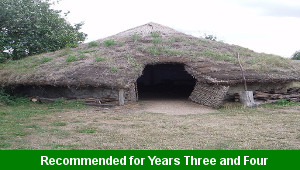Lesson Five – Area Squiggles

This maths teaching pack for Key Stage Two gets the children to practise identifying and recording the area of different irregular shapes by counting their matching number of full and half squares.
The class can select and measure the area of their own generated irregular shapes by drawing and modelling examples of each shape using squared paper.
Download this teaching pack including a lesson plan, classroom activities and an interactive presentation to teach the children to practise identifying and recording the area of different irregular shapes by counting their matching number of full and half squares
Activities in this teaching pack include a worksheet to practise identifying the area of different irregular shapes by counting full and half squares and a set of cards to model how to measure the area of example shapes by using full and half squares.
The interactive presentation gets the children to explore how to identify the area of different irregular shapes by counting their matching number of full and half squares.
This lesson is part of a maths scheme of work to get the children to identify, record and compare the surface areas of a range of different rectilinear and irregular shapes by counting their matching numbers of squares. There are teaching activities for shared learning, differentiated worksheets to support independent learning and interactive presentations to introduce concepts and key skills.
-

Cities, Towns and Villages
Research and present the history of a range of different buildings and people that are part of the local community using a school exhibition
-

Recycling
Research and present some of the benefits and disadvantages that can be produced when recycling different materials at home and in school
-

Viking Pots
Develop and refine a range of different art and design techniques when working with clay to make pots that represent Viking culture and traditions
-

Bronze Age
Research and illustrate how life in Britain developed and changed during the Bronze Age including the growth of communities and trade
